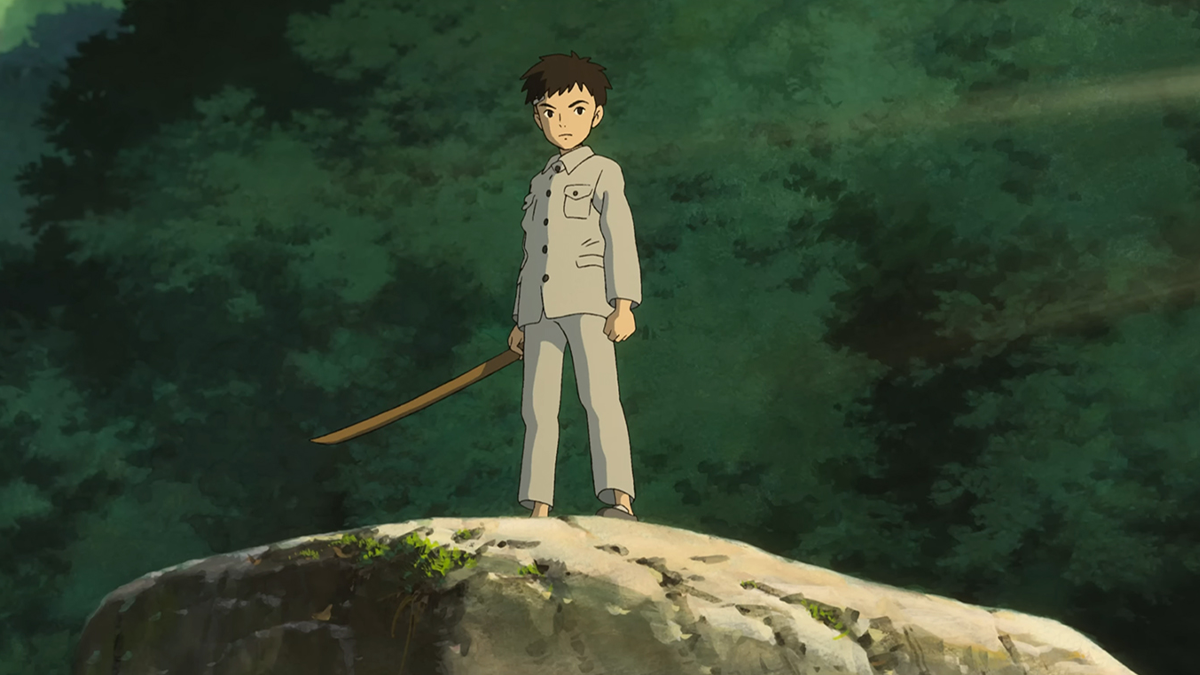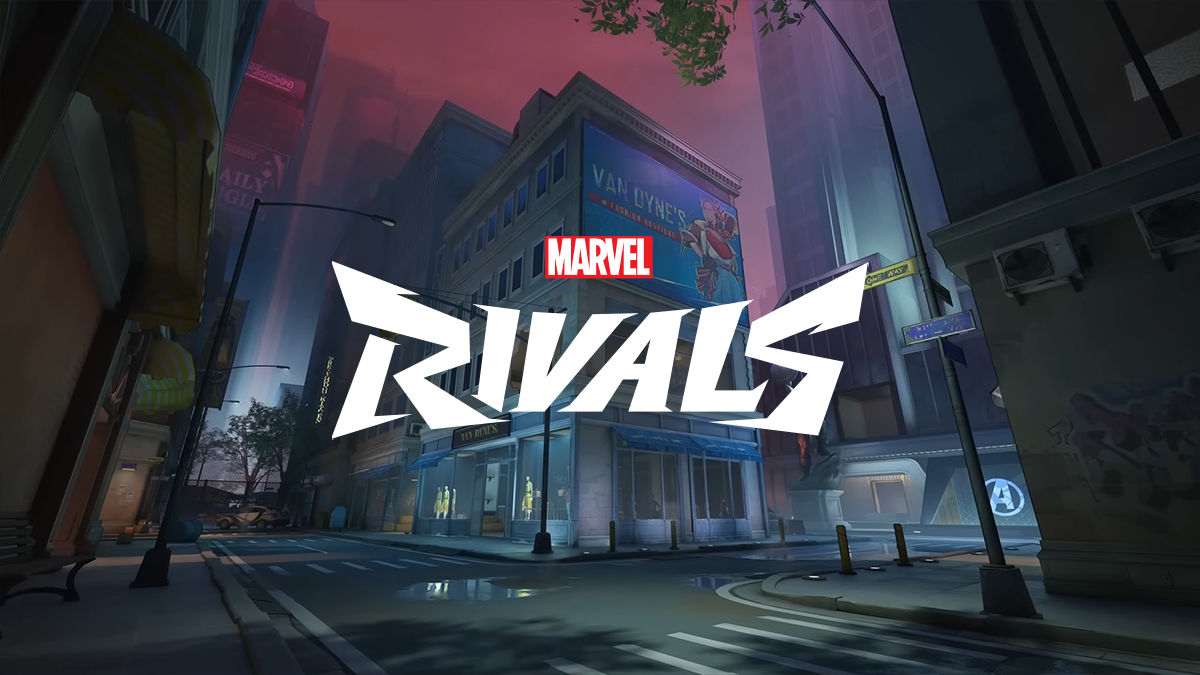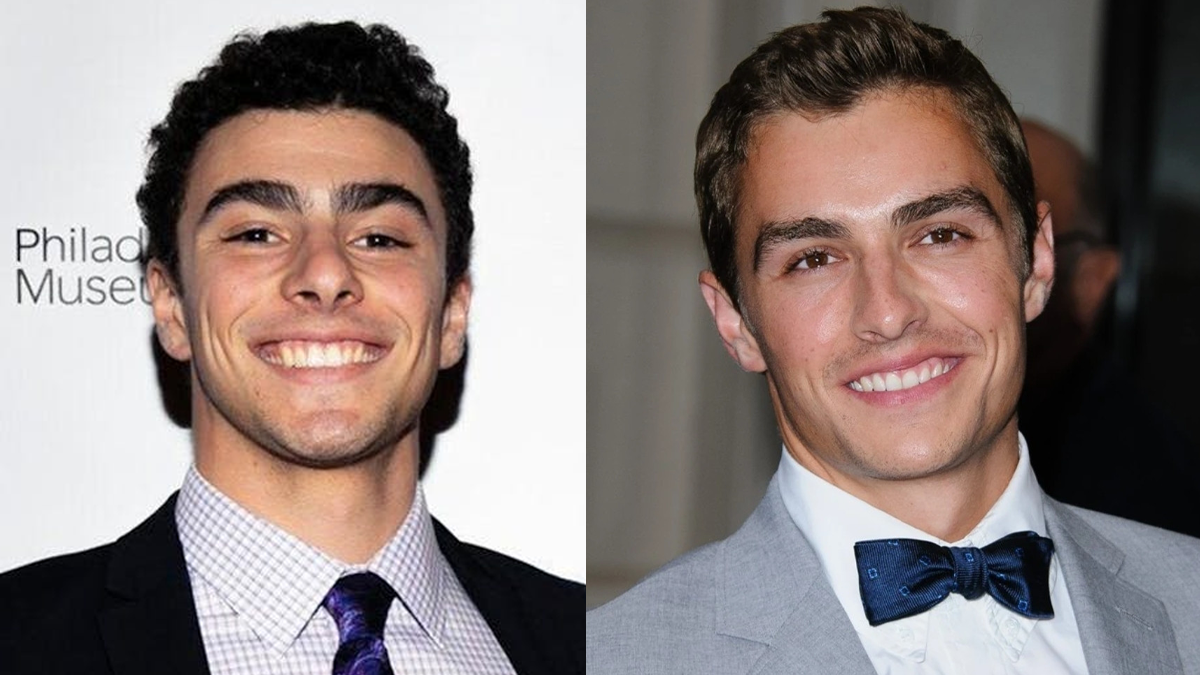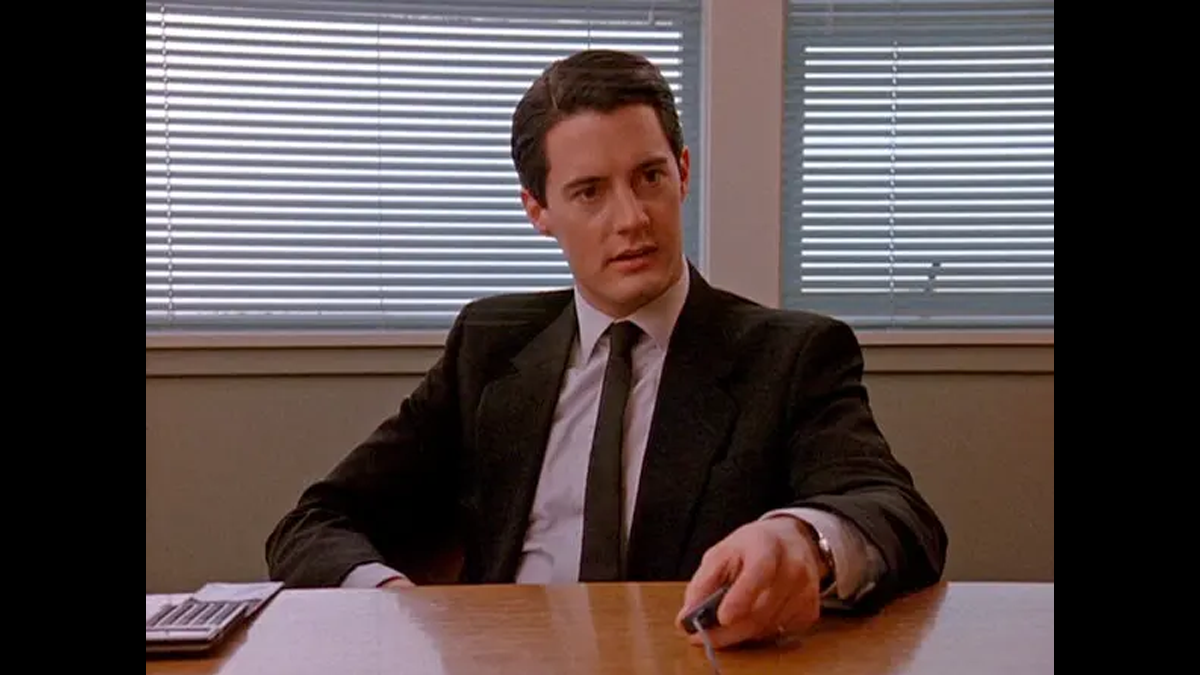Hayao Miyazaki’s swan song The Boy and the Heron is a beautiful work of art that masterfully looks back on the director’s career and grapples with difficult themes like living with grief and what you leave behind when you die. But also it’s so damn confusing. Like what are the hard rules of this universe? How does this magical society function? And what does it all mean?
Luckily, we’ve teamed up with a group of top scientists to develop five fan theories that, once you read them, will make you insane. SPOILERS AHEAD (FOR THE FILM AND ALSO YOUR BRAIN).
#5. Everything after Mahito hits his head is just a dream

Remember when Mahito hits his head with that big rock and starts bleeding? That’s actually when all the surreal stuff in the movie starts happening. So, if you think about it, maybe he’s actually in a coma for the rest of the movie and it’s all just happening in his head. In real life, he’s just laying there asleep while his family weeps by his side, hoping he’ll wake up. Isn’t that so dark and twisted? Does that make the movie better for you, if Mahito is just in a coma the entire time and all the cool visual stuff is a fucked up dream he’s having? We wouldn’t be surprised if there was a deleted scene where Mahito wakes up at the end of the movie and says “I think I had the craziest dream after I hit my head with that rock.”
#4. The heron represents Miyazaki’s take on whether or not the MCU movies are real films

If you’re like us, then you know that all movies are puzzles that the director put together for you to solve. Like a serial killer, they leave clues behind for you to interpret and use to figure out what is the true canonical meaning of the film, and yes there’s a right answer and a wrong answer. Well, what if the titular heron in The Boy and the Heron is actually a metaphor for Hayao Miyazaki’s opinion of whether or not the Marvel movies are real films?
The heron is a beautiful bird, but slowly transforms into a loud and obnoxious man, not unlike how Miyazaki probably sees the MCU — which started with simple superhero films like Iron Man and Captain America: The First Avenger, but slowly became convoluted and annoying. With this interpretation, the little piece of wood that Mahito sticks in the heron’s beak to help him turn into a bird again is obviously meant to be actor Chris Evans. Similarly, an important piece of evidence is that Miyazaki chose Robert Pattinson to play the voice of the heron, which makes perfect sense because Pattinson is a huge actor who was never in a Marvel movie, but DOES play the MCU’s main competitor, Batman.
#3. All of the fire is actually Calcifer from Howl’s Moving Castle

Think about it: what does the fire that Lady Himi shoots out have in common with Calcifer from Howl’s Moving Castle? Yep, both of them are fire.
A lot of people online have pointed out that there are similarities with The Boy and the Heron with Miyazaki’s older films, such as when characters run into each other’s arms. But what if these aren’t mere allusions to his older films? What if this is concrete proof that all of Studio Ghibli’s films take place in a shared universe? Well, the most compelling evidence of this theory is that all of the fire we see in the movie is actually just Calcifer doing his thing. When this movie comes out on blu-ray, we’re definitely going to go through the film frame-by-frame and look for any little dots on the fire that could be Calcifer’s eyes or mouth. If this theory is true, it would make all of Miyazaki’s films even more special because it would mean they are in the same universe and all the characters can be friends… or enemies.
#2. Lady Himi is actually Mahito’s mother

This one is perhaps too outlandish, but our scientists have come up with an insane fan theory which argues that Lady Himi, the random fire-wielding girl Mahito meets in the dream world, is actually a child version of his own dead mother. The main (and really only) clue is that both Lady Himi and Mahito’s mother are both named “Hisako.” Now we know what you’re thinking: how is that possible if Lady Himi is a young girl, but Mahito’s mom was obviously an adult woman when Mahito was born? Well the theory basically argues some sort of time-travel shenanigans to solve that issue. While unclear, it has something to do with the fact that Mahito’s mom is said to have disappeared for a year when she was a child and then returned with no memory of what happened. But does that mean she is actually time traveling to hang out with her son in the future? Probably not. This is one of the crazier theories about The Boy and the Heron, but it’s definitely fun to consider the possibilities.
#1. The warawara are sperms

They’re small, they’re white, they get eaten, and they travel to the real world to become the souls of babies. That’s right, the warawara are likely meant to be literal sperms. This one is less of a theory and more of a confirmed fact based on the text of the film. If you watch the movie closely, it is extremely clear that the warawara are meant to be sperm.








COMMENTS.
2 responses to “Is Everything After Mahito Hits His Head Just a Dream? 5 “The Boy and the Heron” Fan Theories Developed by Scientists to Make You Insane”
I’m surprised I haven’t seen more discussion about the bold soundtrack choice to have muffled, ever-present Beyoncé music playing from the speakers on the left side of the room. I initially thought my theater had royally screwed up their movie arrangements by screening a loud, bombastic film next to a quiet, contemplative one, but then I remembered how much Miyazaki-san loves Beyoncé. It would really dovetail nicely with Theory #5; I imagine Mahito’s parents were just playing “Single Ladies (Put a Ring on It)” while he was sleeping, and it leaked into his coma dream.
This was actually the same experience I had lmao